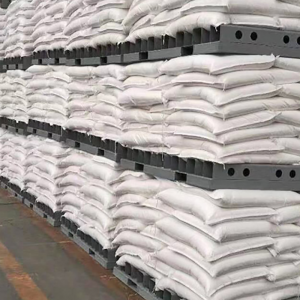1,3-Butadiene / CAS 106-99-0
specification
| Item | Specification |
| Appearance | Colorless, transparent, and free of suspended substances |
| 1,3-Butadiene | ≥99.5 |
| Total acetylene | ≤25 |
| Vinyl acetylene | ≤5 |
| Dimer | ≤0.1 |
| Acetonitrile | ≤1 |
| TBC | ≥20 |
| Peroxide | ≤5 |
| Non - volatile residue | ≤0.01 |
| N-methylpyrrolidone (NMP) | ≤10 |
| Carbonyl compound | ≤10 |
Usage
It is used as a raw material for synthetic rubber, synthetic resin, synthetic fiber, plasticizer, latex paint, etc. Butadiene is the main raw material for the production of synthetic rubbers (styrene-butadiene rubber, cis-polybutadiene rubber, nitrile-butadiene rubber, chloroprene rubber). With the development of styrene plastics, by copolymerizing styrene and butadiene, various resins with wide applications (such as ABS resin, SBS resin, BS resin, MBS resin) are produced, which makes butadiene gradually occupy an important position in resin production. In addition, butadiene is also used in the production of ethylidene norbornene (the third monomer of ethylene-propylene rubber), 1,4-butanediol (engineering plastic), adiponitrile (the monomer of nylon 66), sulfolane, anthraquinone, tetrahydrofuran, and so on. Therefore, it is also an important basic chemical raw material. Butadiene also has many applications in the production of fine chemicals. The fine chemicals prepared using butadiene as a raw material mainly include the following aspects: (1) It undergoes a Diels-Alder reaction with electron-deficient dieneophile compounds to produce anthraquinone, and its derivatives are important dye intermediates, fungicides, and insecticides. (2) It reacts with maleic anhydride (abbreviated as maleic anhydride) and then condenses to produce tetrahydrophthalic anhydride, which can be used as a curing agent and plasticizer for polyester resins and epoxy resins. When tetrahydrophthalic anhydride is further oxidized by nitric acid, butane tetracarboxylic acid can be obtained, which is a raw material for manufacturing water-soluble paints. Similarly, when tetrahydrophthalic anhydride is hydrogenated to obtain hexahydrophthalic anhydride, it can be used as a curing agent for epoxy resins. (3) It reacts with sulfur dioxide to form sulfolene, and then it is formulated into an aqueous solution and hydrogenated in the presence of a skeletal nickel catalyst to produce sulfolane, which is a selective solvent for aromatic hydrocarbon extraction. A mixture of sulfolane and diisopropanolamine can be used for removing carbon dioxide gas. (4) The linear telomerization reaction of butadiene is of great industrial use. After linear dimerization, an eight-carbon straight-chain olefin is obtained, and after aldehydation and hydrogenation, nonanol is obtained, which has important applications in the synthesis of synthetic fragrances, surfactants, and lubricant additives. Using a cobalt complex as a catalyst, its dimer, trimer, and tetramer are all raw materials for the synthesis of higher alcohols and macrocyclic musks. It is soluble in alcohols and ethers, and can also be dissolved in acetone, benzene, dichloroethane, amyl acetate, furfural, and cuprammonium acetate solution. It is insoluble in water.
Packaging and Shipping
as customer requirements.
Belongs to common goods and can deliver by ocean and air
Keep and storage
Shelf life:24 month from date of manufacture in original unopened packaging stored in a cool dry place out of direct sunlight, water.
Ventilated warehouse, Low temperature drying, Separated from oxidants, acids.












